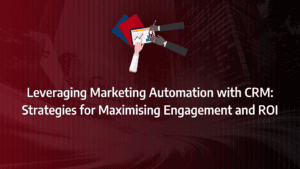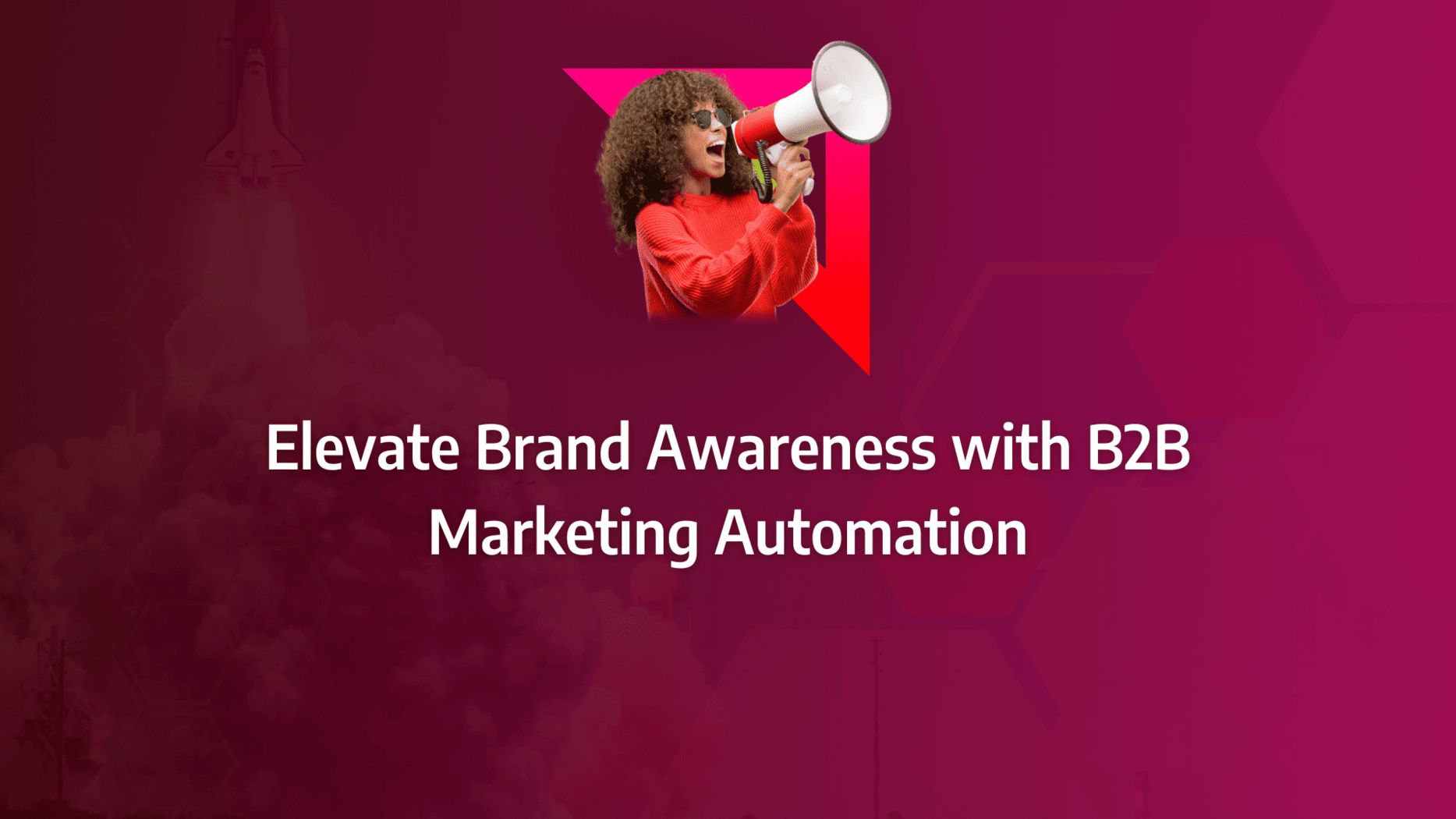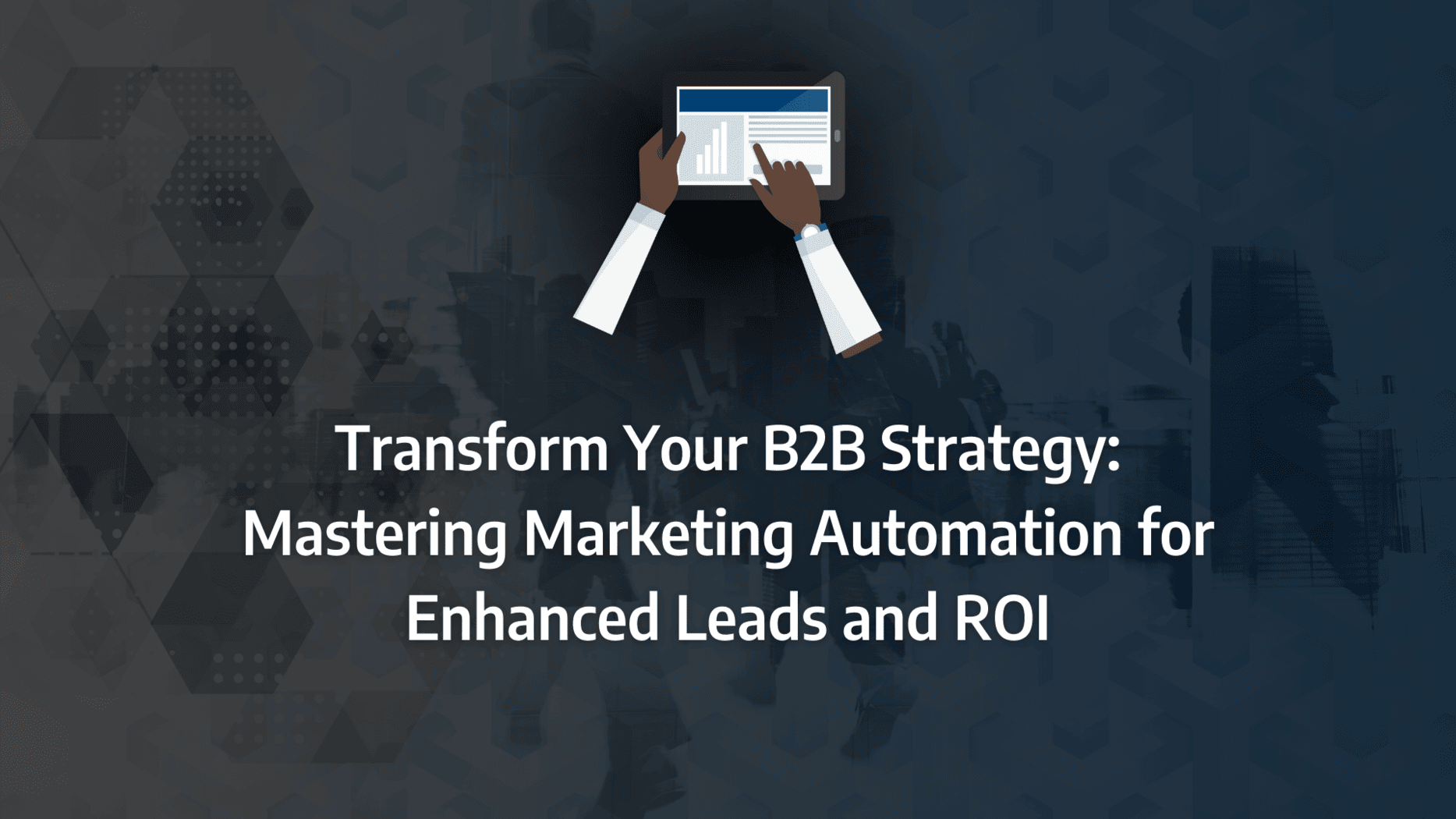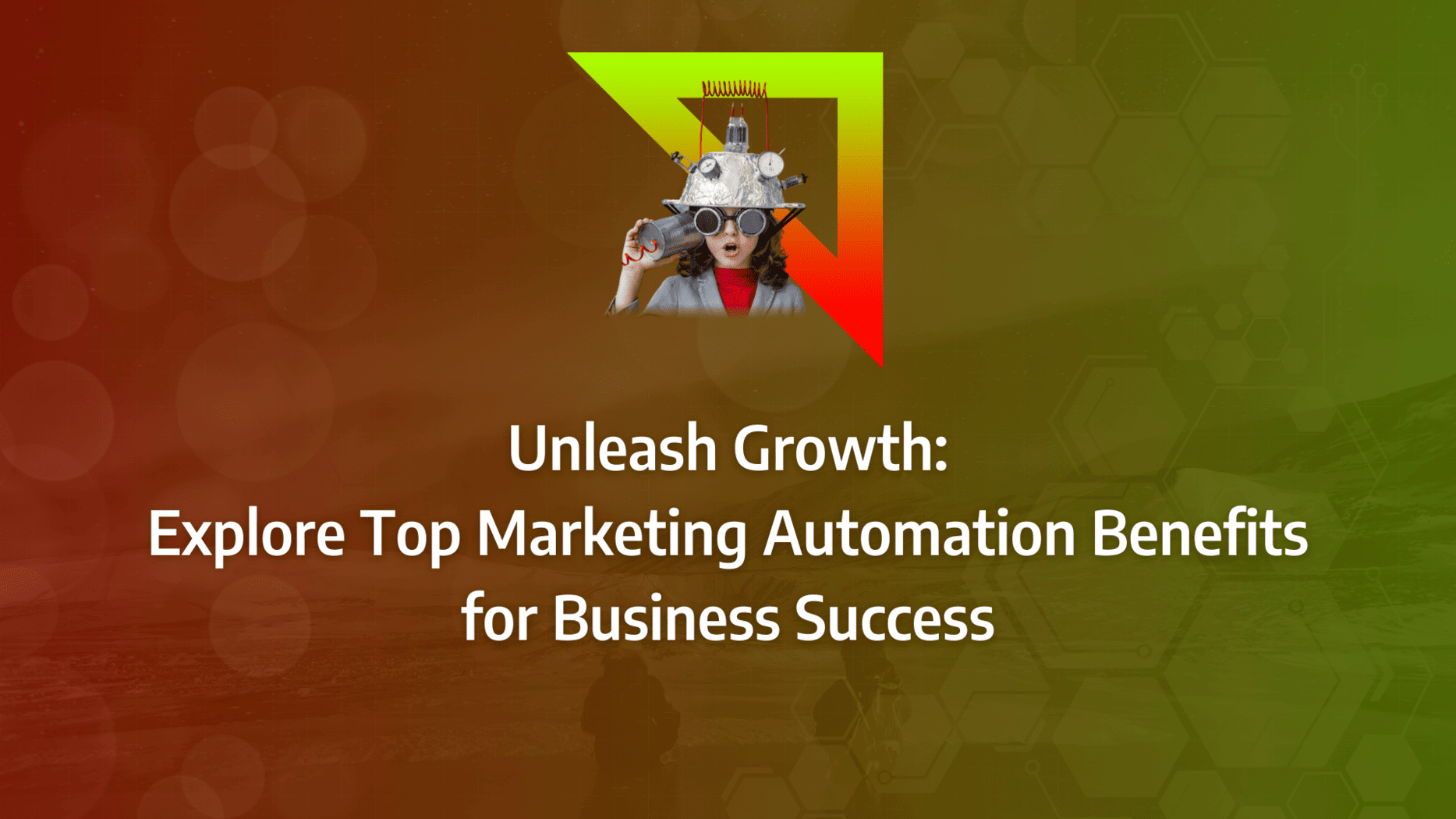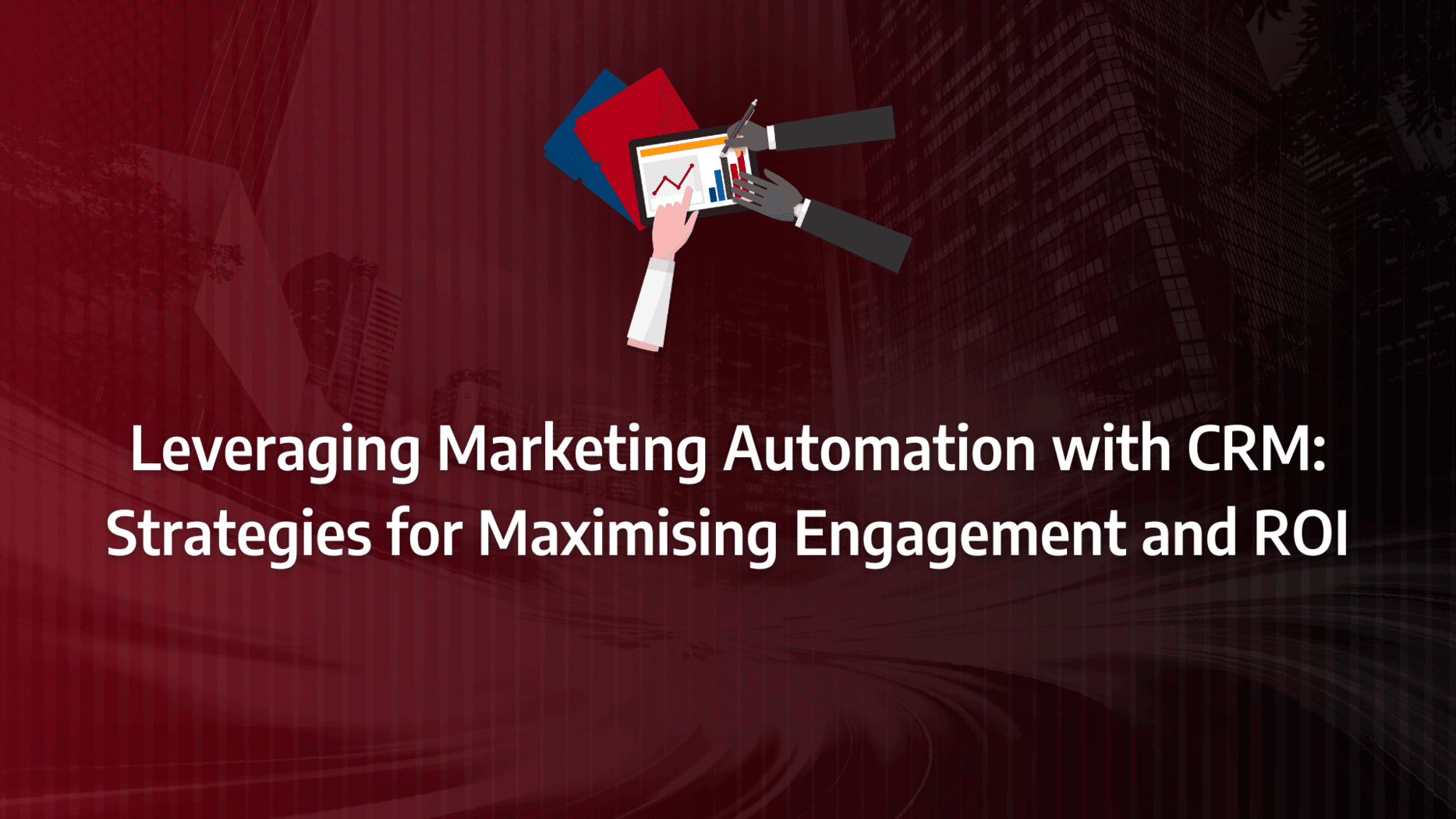Why Offer Marketing Automation as a Service?
The Marketing Opportunities Presented by Automation
Marketing automation as a service isn’t just about streamlining processes, saving time, or reducing operational costs. It represents a pivotal opportunity to position your business as a forward-thinking, modern entity, fully equipped with innovative solutions tailored to contemporary challenges.
In today’s landscape, most new businesses are spearheaded by millennials and Gen-Z entrepreneurs. These generations have grown up immersed in technology—never having experienced a world without the internet, smartphones, or advanced digital tools. As a result, they expect the services they engage with to be as tech-savvy, if not more so, than themselves. This creates a critical need for businesses to demonstrate not only technical proficiency but also a cutting-edge approach in their client-facing materials.
One way to establish this modern image is by prominently featuring automation capabilities in your marketing communications. Actively participate in partner programmes offered by leading automation software vendors. By doing so, you can leverage their co-branded marketing assets, such as product logos or promotional materials, to reinforce your business’s affiliation with top-tier technology. This not only enhances credibility but also signals to potential clients that your solutions are aligned with industry-leading innovations.
Moreover, there’s a practical benefit to marketing automation as a service that extends beyond the initial sale. Research consistently shows that businesses using the same automation tools as their clients experience improved retention rates. When your clients see that you’re using the same advanced platforms to manage their campaigns or operations, it fosters trust and strengthens the business relationship, ultimately driving long-term success.
Three Main Types of Marketing Automation Services
Marketing automation as a service can be delivered in several forms, each specifically designed to address different business needs and objectives. While off-the-shelf automation software offers certain advantages, bespoke solutions often stand out as the superior choice, providing tailored functionality that aligns perfectly with a company’s individual requirements.
In this section, we’ll explore the four key types of marketing automation services, demonstrating how bespoke automation software offers distinct advantages in a world where customisation is crucial for long-term success.
#1 Automation Scripts
Automation scripts are pre-written code segments designed to perform specific, repetitive tasks, such as automating email responses or updating customer data. These scripts offer a low-cost entry point into automation, making them ideal for handling straightforward processes. However, their limitations quickly become apparent as marketing operations grow in complexity.
While automation scripts can fulfil basic needs, they often lack the flexibility and scalability that modern marketing strategies demand. Customisation is minimal, which means they struggle to accommodate the nuanced requirements of intricate campaigns or evolving customer journeys. Businesses looking for long-term, adaptable solutions may find this option too restrictive.
#2 Off-the-Shelf Automation Software
Off-the-shelf automation software, such as popular CRM systems and email marketing platforms, provides a comprehensive range of features that support various marketing activities. These packages are ideal for businesses needing to implement marketing automation as a service rapidly, without the high costs associated with development.
Although these platforms offer versatility, they may not always align with a company’s specific operational workflows. Off-the-shelf software is a one-size-fits-all solution, meaning businesses often need to adjust their processes to fit the software’s structure. This can result in inefficiencies and reduced effectiveness in execution, particularly for businesses with unique or complex marketing needs.
#3 Bespoke Automation Software
Bespoke automation software is the gold standard for businesses seeking marketing automation as a service tailored to their exact specifications. Built from the ground up, this type of solution integrates seamlessly with a company’s existing systems, ensuring a perfect fit with both operational processes and strategic goals.
Unlike off-the-shelf options, bespoke automation provides the flexibility needed to automate highly specialised, industry-specific tasks. By addressing the unique challenges a business faces, bespoke solutions not only increase operational efficiency but also provide a significant competitive advantage in a saturated market.
Strategies for Implementing Marketing Automation as a Service
Goals First
When it comes to successfully marketing automation as a service, everything begins with understanding the client’s goals. While the explicit objectives they present are important, the implicit, underlying issues often hold the key to unlocking real solutions. Using frameworks like SPIN Selling can be instrumental in uncovering these deeper needs, as it allows you to engage in conversations that reveal the client’s true pain points and priorities.
A well-executed sales process is one that directly aligns with the client’s goals. If you find yourself struggling with the following issues, it’s a sign that the process has gone off track:
- The client’s goals are unclear or vague.
- You’re pitching everything your service can do, rather than focusing on what addresses the client’s specific challenges.
- You’re presenting to individuals who lack decision-making authority, with no clear route to closing the deal.
A successful pitch will always articulate the client’s problem, highlight the implications of leaving it unresolved, and clearly demonstrate how your marketing automation as a service solution can resolve it.
The Pitch
For most marketing agencies, pitching is an essential part of winning business. Whether it’s a quick response in a needs assessment meeting or a more formal, multi-person presentation, your pitch must be tailored to showcase how marketing automation as a service fits into your client’s growth strategy.
How to Prove Your Digital Ads Are Driving Sales
This pitch deck is designed for ROI-driven digital agencies looking to secure long-term retainers. It emphasises the critical importance of attribution and demonstrates how challenging, yet essential, it is to track conversions accurately. By leveraging marketing automation platforms—through tools such as call tracking and form tracking—you can offer precise attribution data that proves the value of your digital ad efforts.
ABM Pitch Deck for Agencies
For agencies specialising in both sales and marketing strategies, the Account-Based Marketing (ABM) pitch deck offers a compelling case for implementing ABM as part of a client’s marketing automation as a service strategy. ABM is a highly targeted approach, delivering exceptional results for many B2B companies. Agencies that focus on strategic consultations often propose full ABM campaigns after pinpointing the exact sales targets through initial research.
What If You Want to Deploy a Marketing Automation Platform? The Key Barriers You May Encounter
Ownership and Governance: Who’s in Charge?
Before diving into the deployment of a marketing automation platform, it’s crucial to establish ownership and governance. Who will be responsible for managing the platform? Who will control access, and with what privileges? Without clear ownership, confusion can arise, leading to inefficiencies and mismanagement. We work closely with our clients to establish robust standards and policies, ensuring that the platform is both highly effective and responsibly governed, adhering to best practices for marketing automation as a service.
Working with IT and Web Teams
Collaboration with IT departments can be a complex task, especially when sensitive data is involved. A strained relationship between marketing and IT can slow down the implementation process, leading to frustration on both sides. At our firm, we act as intermediaries, helping to clarify technical requirements and alleviate IT teams’ concerns. As we are ISO-certified, our approach to handling sensitive data is meticulous and secure. Additionally, we work alongside IT to integrate tracking scripts, embed forms, and build new forms when needed, ensuring seamless functionality within your marketing automation as a service platform.
Are You Starting with Dirty Data?
Data quality is often the biggest obstacle in the successful deployment of a marketing automation platform. Poor data quality can lead to ineffective segmentation, inaccurate targeting, and ultimately, underperformance. Our team assists in evaluating the current state of your data, offering solutions to augment, enrich, and normalise it. Clean, accurate data is the foundation of successful marketing automation as a service, enabling more effective audience segmentation and improved targeting strategies.
Thinking Through CRM Integration
Integrating your CRM system with a marketing automation platform requires careful planning. Whether you are working with a single CRM or multiple systems, a standardised data model is essential for effective integration. Key considerations include whether you need one-way or two-way synchronisation, and how to define your gold standard for data quality. Additionally, there is always the risk of marketing data contaminating CRM records if not handled correctly. We address these concerns to ensure that CRM and marketing automation work together harmoniously, enhancing, rather than complicating, your operations.
What About the Pilot?
Starting a marketing automation project can feel overwhelming, especially when looking for immediate results. While long-term success requires patience and strategic investment, quick wins are possible. We help our clients identify areas where immediate progress can be made, leveraging existing workflows where appropriate. By deploying new features and functionality at the earliest suitable moment—rather than rushing everything in the first week—we ensure that the rollout of your marketing automation as a service platform is both strategic and impactful.






